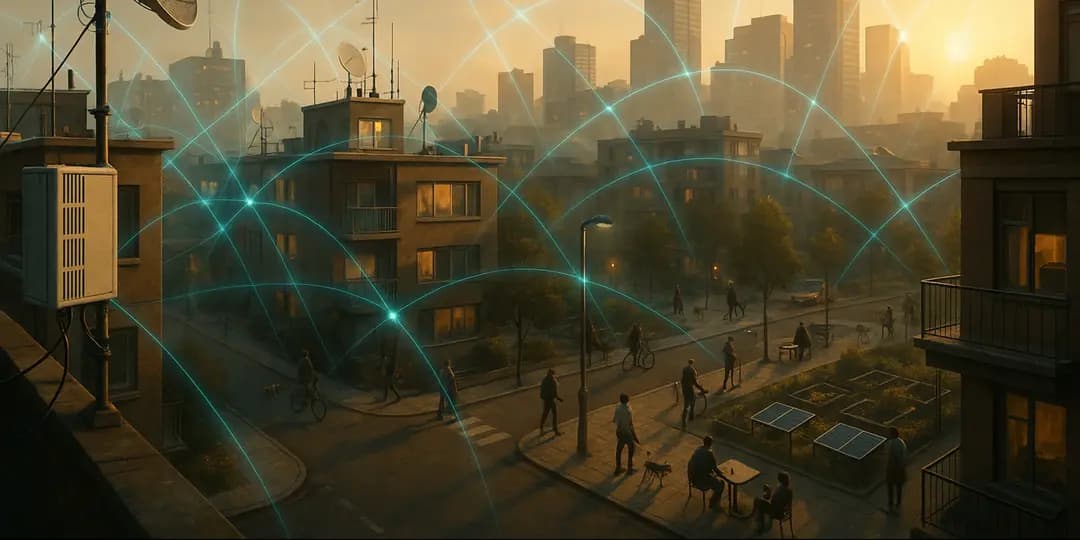The recent article “Building the World Together: The Promise of Decentralized Physical Infrastructure Networks (DePIN)” explored the emerging movement to build and govern real-world infrastructure through decentralized, community-aligned networks. Projects like Helium, Hivemapper, WeatherXM, Grass, Render, Akash, and Sunified are pioneering new models for deploying wireless networks, mapping data, weather stations, internet bandwidth, cloud computing, and energy grids using incentive mechanisms and tokenized participation.
DePIN is a fundamental rethinking of how we coordinate effort in the physical world. It challenges legacy assumptions that infrastructure must be centrally financed, governed, and operated. It opens the door to localized, bottom-up models that reward contributors and communities directly.
But this shift also raises deep questions about sustainability, accountability, and real-world adoption. Token incentives can kickstart participation, but what happens when emissions run out? Can networks governed by DAOs or multisigs make sound infrastructure decisions over time? Are we truly solving problems for people outside of crypto, or just building new systems that cater to ourselves?
We’d love to hear your thoughts on this space. Some questions to get the conversation started:
• Which DePIN projects do you find most promising or impactful, and why?
• What use cases are missing from the DePIN conversation that should be explored?
• How can DePIN projects build trust and engagement beyond the Web3 communities?
• What models of governance and funding seem most sustainable for long-term infrastructure?
• How should policymakers and local governments engage with DePIN networks, if at all?
As always, we’re interested in more than just technical takes. We want to understand the social, economic, and political layers that shape how infrastructure works and who it serves. Are we heading toward a new commons or just a tokenized shadow of the systems we already know?
Drop your thoughts, critiques, examples, or projects we should be watching!
